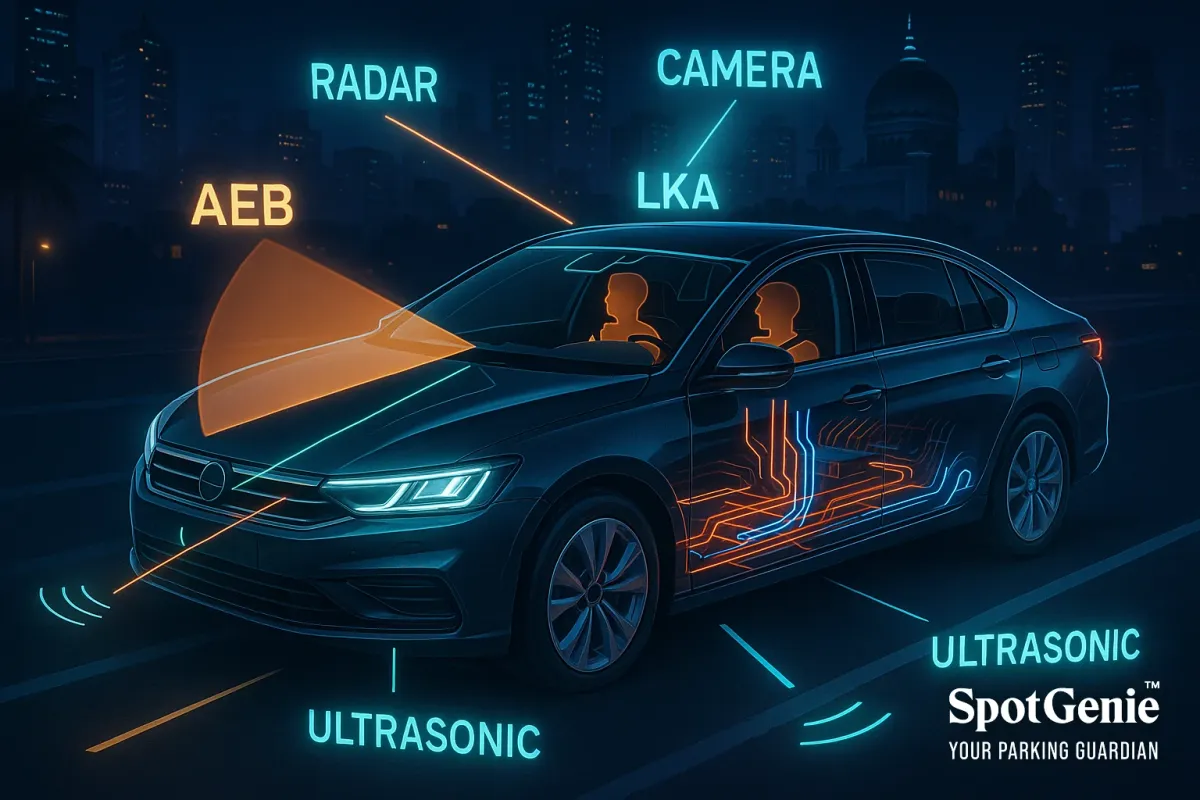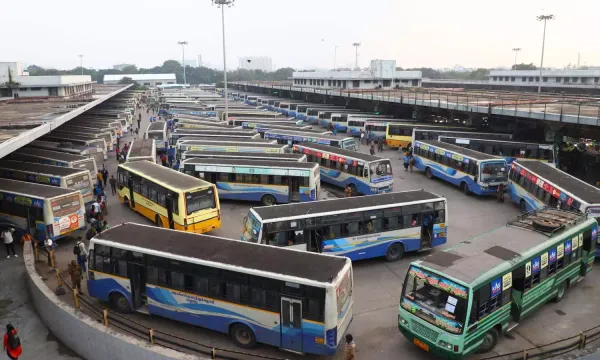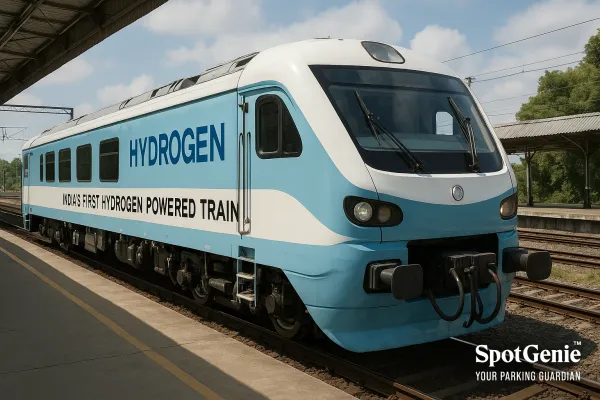🚗 SpotGenie Gyaan: Inside ADAS, Features, Sensors & How They Work (India 2025)
What really happens when your car “detects” a lane or “auto-brakes” before a crash? This guide breaks down the brains and sensors behind ADAS, India’s growing safety revolution in 2025.

🧠 When Cars Start Thinking
Imagine you’re driving on a monsoon night. A motorbike suddenly cuts across, and before you even blink, your car flashes a red warning and starts braking.
That’s ADAS at work, sensing, calculating, and acting in milliseconds.
In India 2025, nearly every major manufacturer from Tata to Hyundai offers ADAS-ready models. But behind every beep and flash is an ecosystem of sensors, radars, and algorithms quietly working to prevent mistakes humans make every day.
🔍 What’s Inside an ADAS System
ADAS uses a combination of hardware and software layers:
| Component | Function | Example |
|---|---|---|
| Cameras | Detect lane markings, vehicles, pedestrians, traffic signs. | Hyundai Verna 2025 front camera |
| Radar (Radio Detection & Ranging) | Measures object distance & speed, works in fog or rain. | Mahindra XUV700 77 GHz radar |
| Ultrasonic sensors | Short-range detection for parking & low-speed assist. | MG Astor, Tata Nexon EV facelift |
| Lidar (Light Detection & Ranging) | High-resolution 3D mapping (mostly luxury imports). | Volvo XC40 Recharge |
| ECU (Electronic Control Unit) | The “brain” that fuses sensor data to decide & act. | Bosch ADAS Domain Controller |
| HMI (Human–Machine Interface) | Warns or guides the driver through displays or vibrations. | Steering vibration alert, HUD prompts |
⚙️ The ADAS Workflow: How It Really Works
- Sense: Cameras & radar continuously scan the environment, up to 250 m ahead.
- Interpret: Software identifies vehicles, lanes, pedestrians, or objects.
- Decide: Algorithms calculate relative speed, distance, and risk.
- Act: The car warns you or autonomously steers/brakes if needed.
- Learn: Adaptive systems update over time, via over-the-air (OTA) learning cycles.
Modern ADAS runs on sensor fusion, where radar + camera + ultrasonic data combine for higher accuracy, crucial on Indian roads, where one sensor type alone can be fooled by potholes, cows, or low lighting.
🧩 ADAS Features Explained (India 2025)
| Feature | What It Does | Seen In |
|---|---|---|
| AEB – Autonomous Emergency Braking | Applies brakes to prevent or reduce collision impact. | Mahindra XUV700, Hyundai Tucson |
| LKA – Lane Keep Assist | Gently steers back if car drifts from lane. | MG Astor, Honda City e:HEV |
| ACC – Adaptive Cruise Control | Maintains set distance from vehicle ahead. | XUV700, Tucson |
| BSD – Blind Spot Detection | Alerts when another vehicle enters blind zone. | Tata Harrier EV, Toyota Camry |
| TSR – Traffic Sign Recognition | Reads speed limit or stop signs using camera. | Hyundai Creta 2025 |
| DAA – Driver Attention Alert | Detects fatigue patterns & suggests rest. | Honda City e:HEV |
| RCCA – Rear Cross-Traffic Collision Assist | Warns during reverse out of parking. | MG Astor |
| Parking Assist / 360° View | Auto-steers into parking spaces using ultrasonic sensors. | Tata Safari 2025 |
🇮🇳 Calibrating ADAS for India
Indian driving presents unique challenges:
- Faded lanes & mixed traffic.
- Unexpected obstacles: animals, handcarts, potholes.
- Different road widths & signs across states.
To adapt, OEMs and Tier-1 suppliers (Bosch India, Continental, Valeo) are:
- Increasing radar resolution for low-contrast objects.
- Adding AI-based lane prediction when markings disappear.
- Localising sign databases for Indian speed limits and regional scripts.
- Training algorithms using India-specific road-scene datasets (IIT Madras ADAS Lab 2025).
🔬 Technical Insight: Fusion is the Future
Instead of relying on one sensor, sensor fusion merges radar’s precision with camera’s clarity.
For example:
- Radar sees through fog, camera recognises objects, ECU fuses both for accuracy.
- In 2025, mid-range cars (e.g., Tata Harrier EV) already use 2 radars + 4 cameras for Level 2 ADAS.
This combination allows faster reaction (≈ 200 ms), quicker than most human reflexes (~ 250 ms).
🧠 The Human Factor
Even the smartest ADAS needs an alert driver.
OEMs report that 60 % of ADAS disengagements in India happen because drivers misinterpret alerts.
Education is the missing link, knowing when to trust and when to take control.
💡 SpotGenie’s Perspective, Tech Meets Awareness
SpotGenie believes smart roads need smart communication.
While ADAS prevents collisions, SpotGenie’s QR-based alert system helps in the moments after, enabling instant sharing of safety or parking notifications.
Because safety doesn’t stop at sensors, it starts with awareness.
🔗 Further Reading
ADAS in India Explained (2025)
Levels of ADAS, From Assistance to Autonomy (2025)
EVs, Powering the Future (2025)
SUVs, Power Meets Presence (2025)
Follow us on:
🅾 Instagram |
ⓕ Facebook |
𝕏 X |
▶️ YouTube |
🟢 WhatsApp



